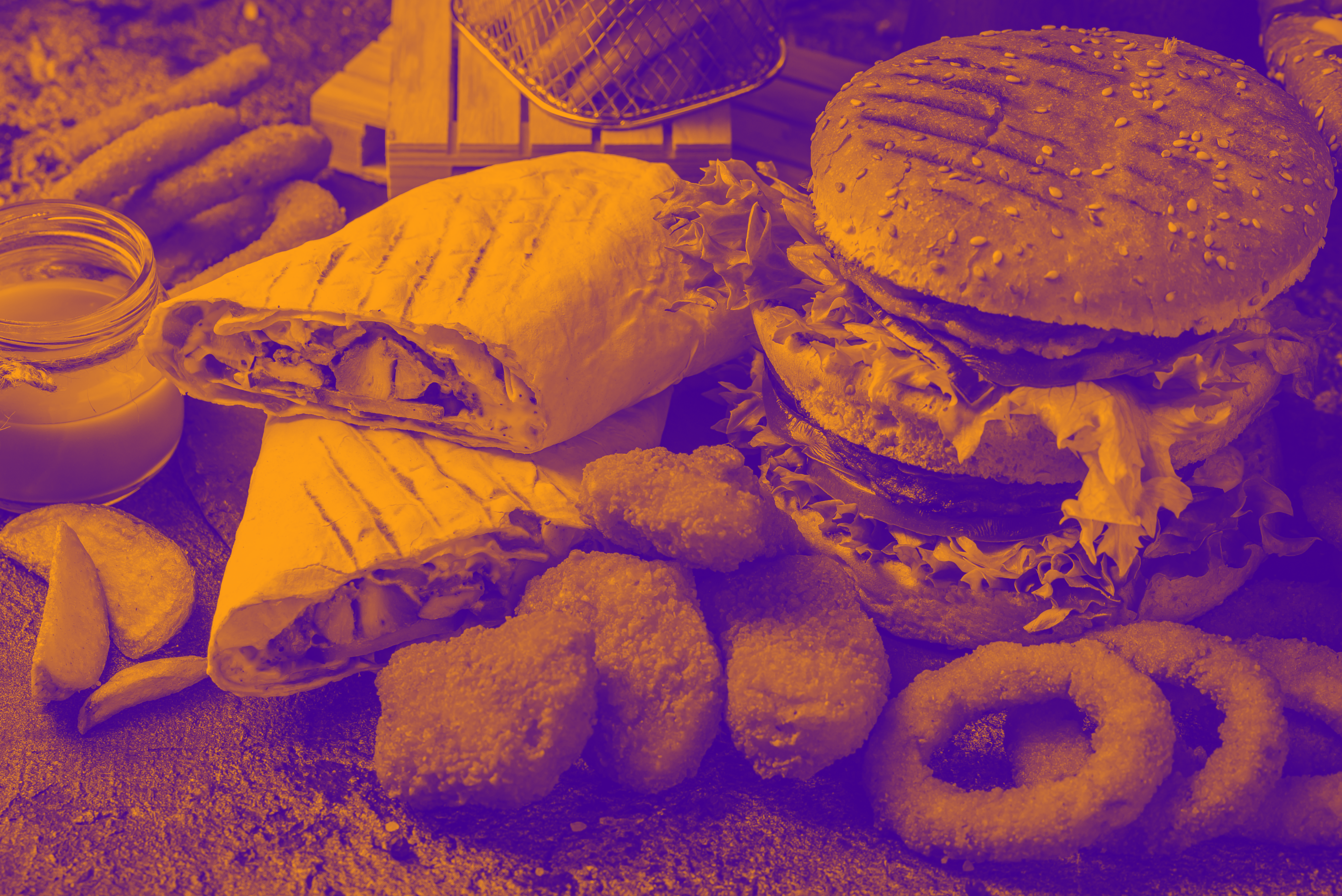Q & A with researcher Tera Fazzino: What to know about 'hyperpalatable' foods
Hyperpalatability is a way of categorizing foods we might commonly call "junk food." They were first described by Tera Fazzino, assistant professor of psychology at KU and associate director of the Cofrin Logan Center for Addiction Research and Treatment at the KU Life Span Institute. We reached out her to talk about hyperpalatable foods, and what we as eaters, consumers and cooks should know about them.
How are hyperpalatable foods different from foods that occur in nature?
Fresh or whole foods that occur in nature (e.g., fresh apple) typically have one main palatability-related nutrient (e.g., sugar), which is accompanied by satiety-promoting nutrients (e.g., fiber, water) that slow the absorption of the sugar into our system. Hyperpalatable foods are different because they have combinations of palatability-inducing nutrients (fat, sugar, sodium, and/or carbohydrates) present at thresholds that do not occur in nature. Satiety-promoting nutrients, or what makes us feel full or satisfied, may be stripped away from the food, making them readily absorbed into our system.

How do hyperpalatable foods affect us differently than foods that are not hyperpalatable?
Fresh foods that occur in nature are typically pleasant to consume (e.g., fresh sweet taste of an apple) and activate our brain reward system, indicating we should eat again in the future. This is an evolutionary process that promotes our survival. Hyperpalatable foods can excessively activate our brain reward system, leading to a highly rewarding eating experience. Hyperpalatable foods can also slow the engagement of our physiological satiety mechanisms, which may lead us to overeat.
Why do hyperpalatable foods make people overeat?
Our bodies may not be evolutionarily prepared to handle the types of nutrient combinations found in hyperpalatable foods. The nutrient combinations can make the eating experience much more rewarding than it would be if any nutrient was eaten in isolation. As a result, hyperpalatable foods can be difficult to stop eating, even when we physically feel full.
What kinds of foods are hyperpalatable?
Foods that are most commonly hyperpalatable in our food system are our meal-based foods and snacks, including frozen or pre-prepared foods in the freezer section of your grocery store, salty snacks (e.g., crackers, pretzels), prepared meats (e.g. hot dogs), and dairy items (e.g., cheese).
Hyperpalatability, as measured in the amount of those items per serving, isn’t displayed on a food nutrition label. What should consumers watch for when purchasing foods at a grocery store, or at a restaurant?
The most common types of hyperpalatable foods in our food supply have elevated sodium (fat and sodium or carbohydrates and sodium). So, if a food has high sodium, that could be clue that it could be hyperpalatable. Another approach is to try to purchase foods that are fresh and whole (e.g., fresh fruits, vegetables), which are unlikely to be modified to maximize their palatability.
How do these foods “sneak” onto our plates at home when we cook?
Many ingredients and foods that we buy at the store and cook with at home (e.g., shredded cheese, sauces, etc) are hyperpalatable. So, adding a cream sauce to chicken or cheese to a vegetable, such as adding cheese sauce to broccoli, can make home cooked meals hyperpalatable. Another example is adding fats and oils (e.g., butter, olive oil) to fresh meat, combined with salty seasoning during the cooking process, may also make your meal hyperpalatable.